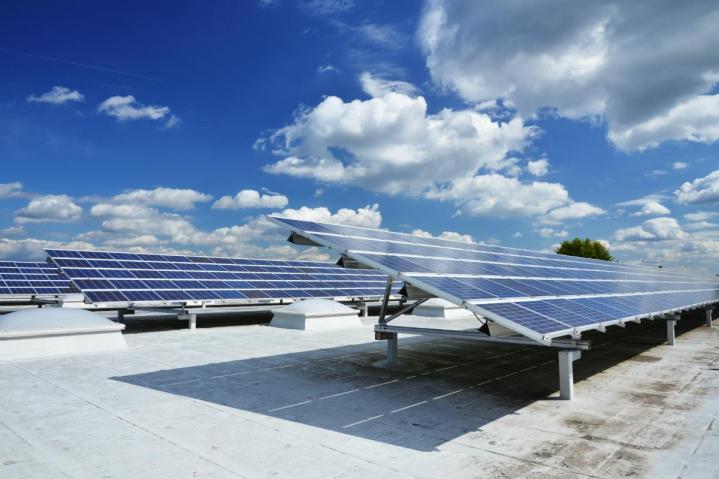
The law, approved by French Parliament on Thursday, was less comprehensive than the original demands by French environmental activists, who wanted to require completely green rooftops on all new buildings. The government convinced activists to scale back the reach of the law to only commercial buildings, as well as requiring only part of rooftops to be covered with plants or solar panels, according to Agence France-Presse.
“Green roofs provide shade and remove heat from the air through evapotranspiration, reducing temperatures of the roof surface and the surrounding air,” according to the U.S. Environmental Protection Agency (EPA). Benefits include reduced energy use, reduced air pollution and greenhouse gas emissions, improved comfort, improved stormwater management, improved water quality, and improved quality of life.
“While the initial costs of green roofs are higher than those of conventional materials, building owners can help offset the difference through reduced energy and stormwater management costs, and potentially by the longer lifespan of green roofs compared with conventional roofing materials,” according to the EPA.
France has lagged behind other European countries when it comes to solar power. A 2014 report from the European Photovoltaic Industry Association (EPIA) and Intersolar Europe, titled “Global Market Outlook for Photovoltaics 2014-2018,” noted that France’s photovoltaic (PV) capacity had declined in 2013 and that the country accounted for just 6 percent of total installed capacity in Europe that year. The report attributed the country’s underperformance to “political uncertainty and a lack of political will to develop PV.”


